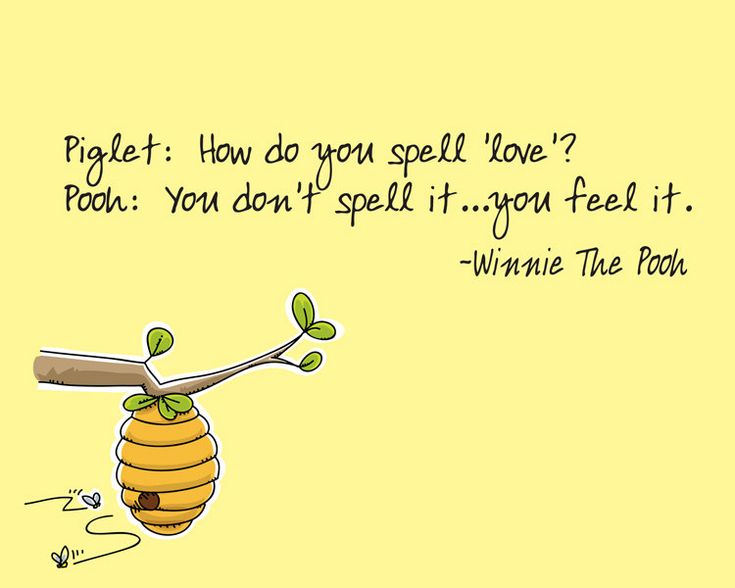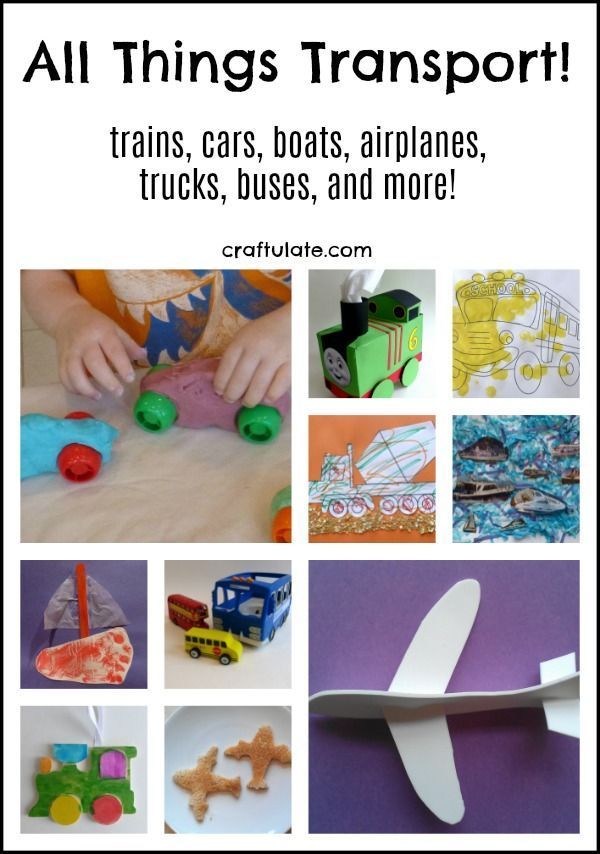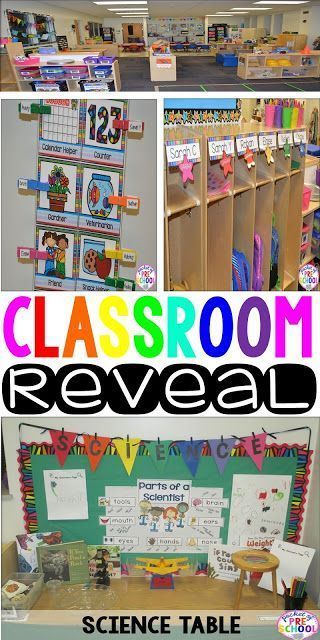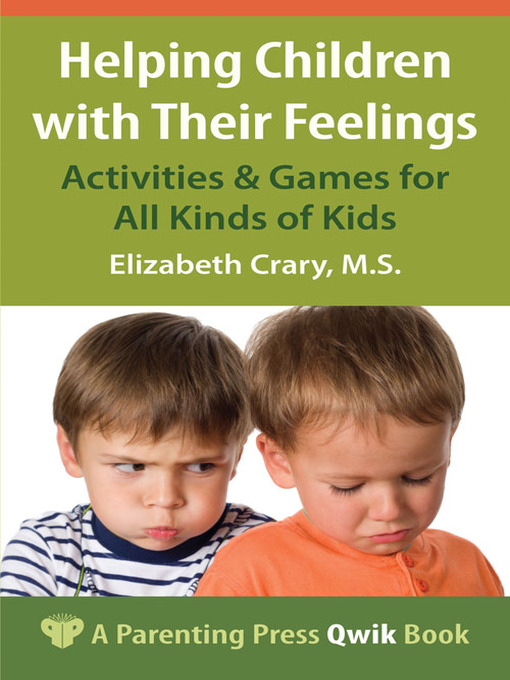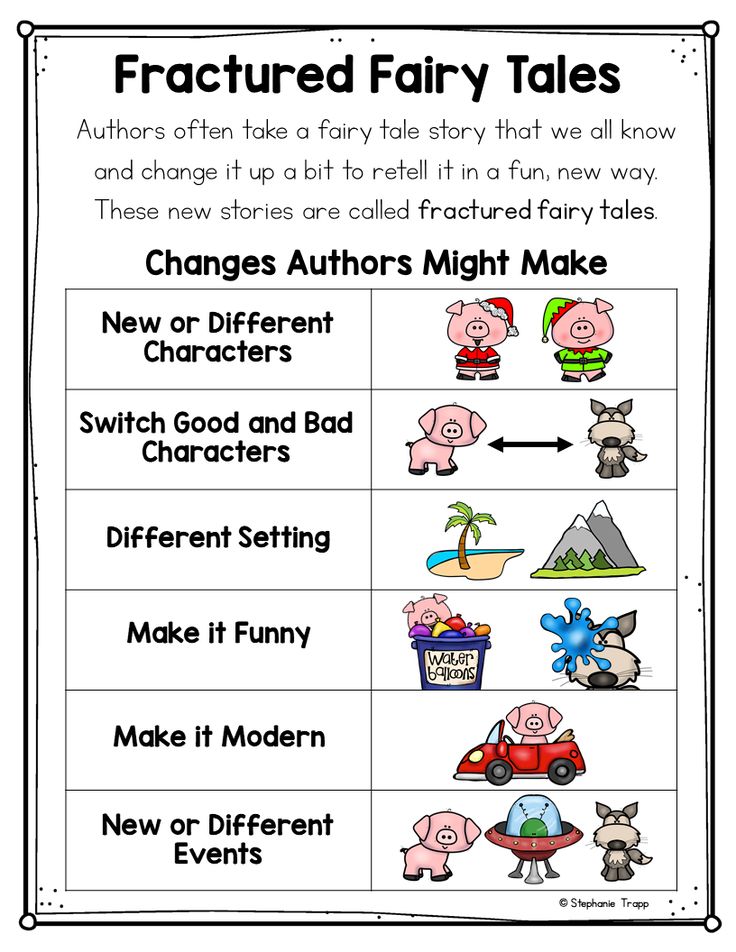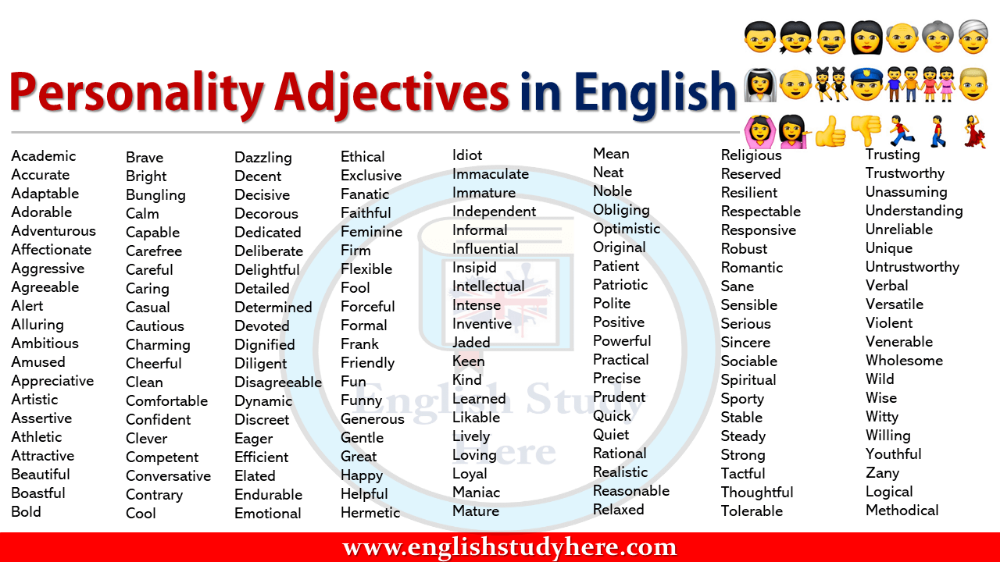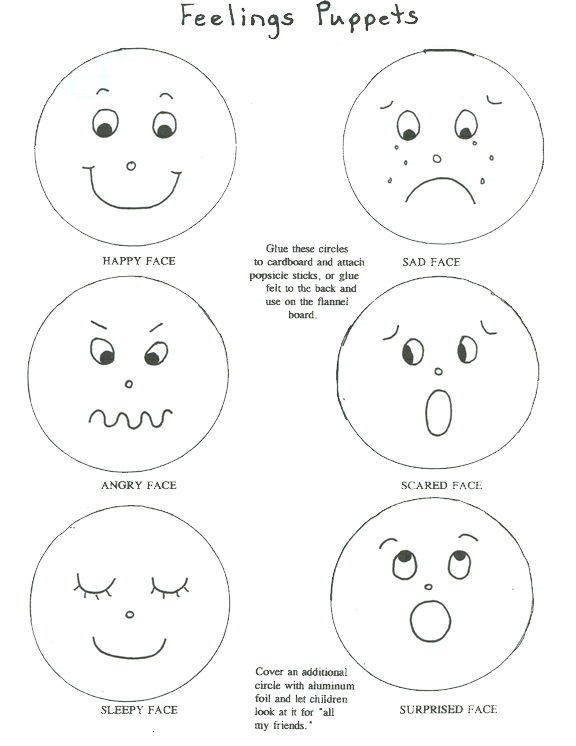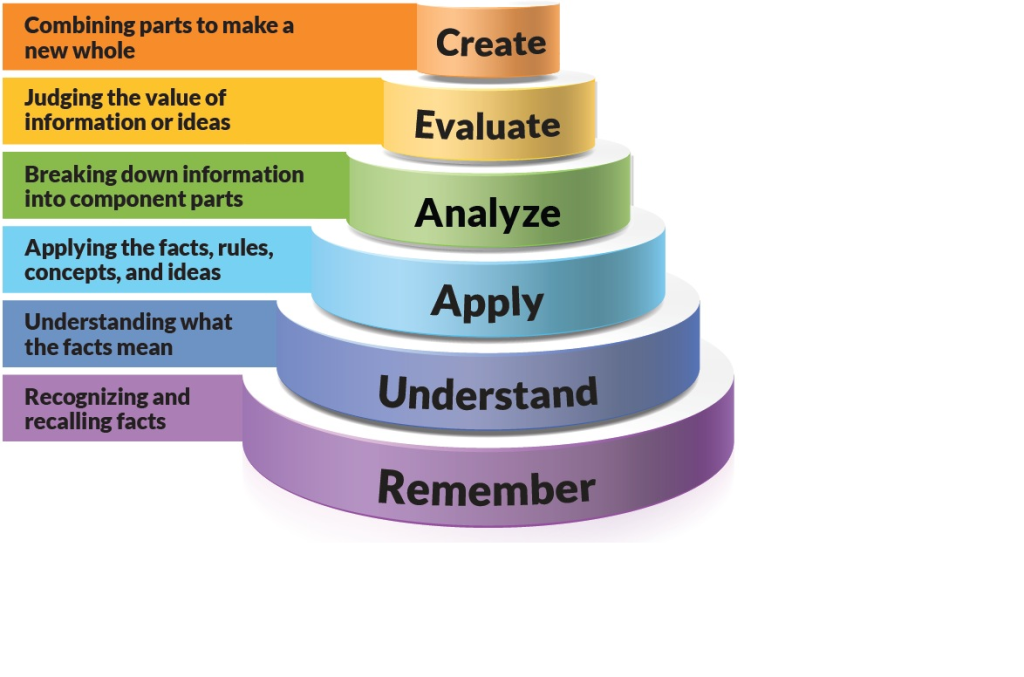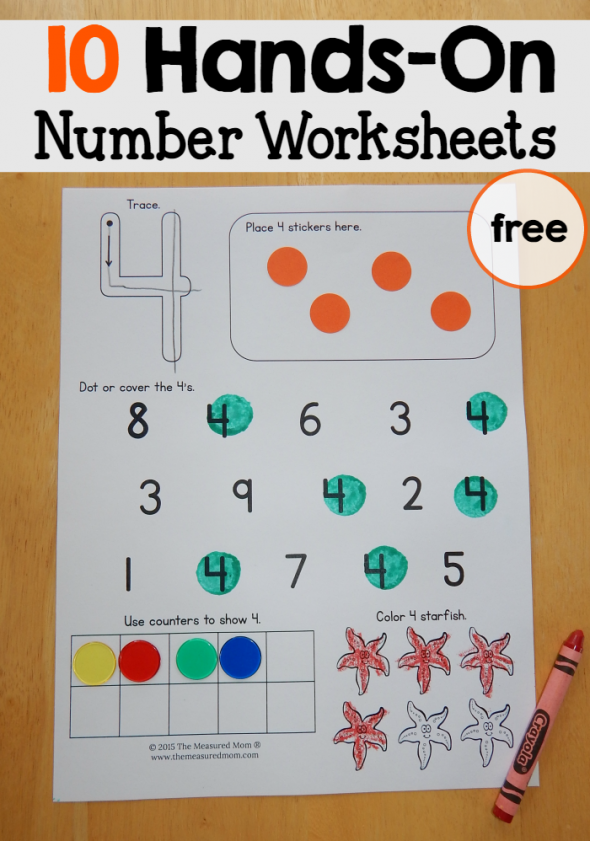List reading comprehension skills
Reading Comprehension Skills for English Language Learners
On this page
- Why reading comprehension skills are particularly important for ELLs
- Classroom strategies: Steps for explicitly teaching comprehension skills
- Other ideas
English language learners (ELLs) often have problems mastering science, math, or social studies concepts because they cannot comprehend the textbooks for these subjects. ELLs at all levels of English proficiency, and literacy, will benefit from explicit instruction of comprehension skills along with other skills.
Examples of comprehension skills that can be taught and applied to all reading situations include:
- Summarizing
- Sequencing
- Inferencing
- Comparing and contrasting
- Drawing conclusions
- Self-questioning
- Problem-solving
- Relating background knowledge
- Distinguishing between fact and opinion
- Finding the main idea, important facts, and supporting details
These skills are particularly important for comprehending what is generally known as information reading or expository reading.
Related Resources
For more information, see our related articles and classroom videos:
- Reading Comprehension Strategies for English Language Learners
- Reading 101 for English Language Learners
- Classroom Video Library: ELL Instruction
Why reading comprehension skills are particularly important for ELLs
ELL students will still need a lot of vocabulary development and teaching of comprehension strategies even if they:
- have been mainstreamed after some bilingual instruction;
- are being pulled out for English as a Second Language or Sheltered English instruction; and/or
- have been assessed as English proficient but you know that they still need additional help with language, reading, and writing.
Here is a way of thinking about the support your ELLs will need:
Classroom strategies: Steps for explicitly teaching comprehension skills
The following steps are useful for all students. However, these need to be complemented with the additional steps below to ensure comprehension for ELLs.
However, these need to be complemented with the additional steps below to ensure comprehension for ELLs.
- Introduce the comprehension strategy or skill (see above list) through examples. Discuss how, when, where, and why the strategy or skills are used. For example: contrast main idea with details, fact with opinion, good summaries with poor summaries.
- Have students volunteer additional examples to contrast and discuss.
- Label, define, model, and explain the strategy or skill. For example, after listing four facts about a healthy diet and four opinions about what is good to eat, label one list as facts and the other list as opinions.
- Give students opportunities to practice using the strategy with a peer as they apply it to a short, simple paragraph from a science text or any expository text.
- Debrief with the whole class to ask students to share how they applied the strategy or skill.
Additional steps for ELLs
- Identify vocabulary words that you think might be difficult for students to understand when they read the text.
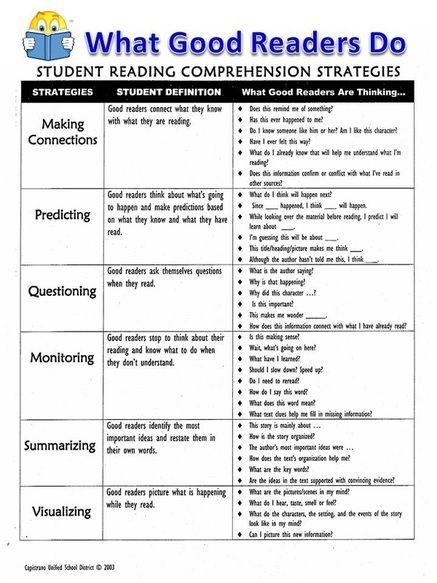 Write ELL-friendly definitions for each - that is, simple, brief definitions ELLs can easily understand.
Write ELL-friendly definitions for each - that is, simple, brief definitions ELLs can easily understand. - Model think-alouds. For example: verbalize a confusing point or show how you use a strategy to comprehend something. "This sounds very confusing to me. I better read this sentence again."
- Demonstrate fix-up strategies. For example: I need to think about this. Let me rethink what was happening. Maybe I'll reread this. I'll read ahead for a moment.
- Partner ELLs with more dominant English speakers and ask each student to take a turn reading and thinking aloud with short passages.
- After working with partners successfully, ask ELLs to practice independently by using a checklist such as the following. Be sure to explain all the terms and model each.
While I was reading, how did I do?
Skill I used | Not very much | A little bit | Much of the time | All of the time |
|---|---|---|---|---|
Blending |
|
|
|
|
Chunking |
|
|
|
|
Finding meaning of new word |
|
|
|
|
Making mind movies as I read |
|
|
|
|
Rereading |
|
|
|
|
Reading ahead |
|
|
|
|
- Celebrate each ELLs' progress with recognition notes, praise, and/or class applause.
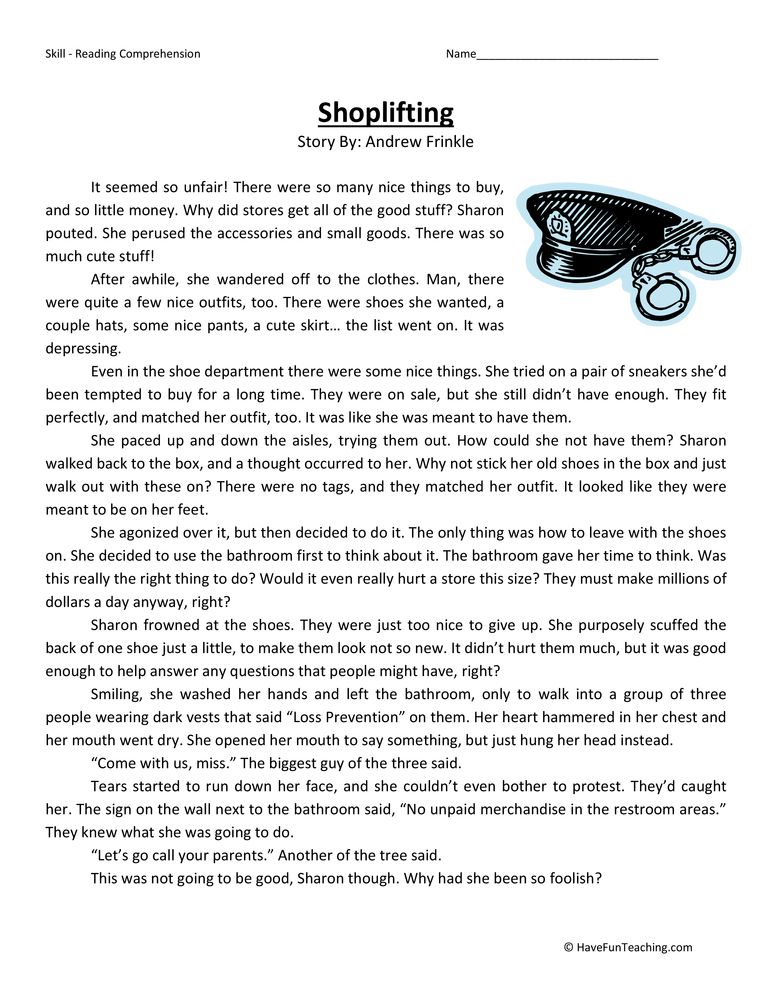
For advanced ELLs
When students' English proficiency and basic reading skills have increased, you can teach the following steps not just to ELLs, but to all students – because everyone will benefit.
- In pairs, have students survey the text and use an idea map to record the main idea and details.
- Ask partners to read the text.
- Have partners restate the main idea and supporting details. At this point, they can add to their idea map or make necessary corrections.
- Then ask students to reread the text and either develop their own questions (pretending to prepare a test for their partner) or write a short summary of what they just read.
- After that, have partners check each other's work.
- Finally, partners can share their questions or summaries with other teams.
Other ideas
For building ELL comprehension
Teach students how to use these tools for informational or expository reading:
- Titles
- Headings
- Bold print
- Captions
- Side bars
- Maps
- Graphs
- Pictures
- Bullets
Ask students to use the following strategies to summarize (orally or in writing):
- Retell what you read, but keep it short.

- Include only important information.
- Leave out less important details.
- Use key words from the text.
Questioning ELLs after reading
After the ELLs and/or whole class have completed the reading comprehension activities above, you can anchor or test their comprehension with carefully crafted questions, taking care to use simple sentences and key vocabulary from the text they just read.
These questions can be at the:
- Literal level (Why do the leaves turn red and yellow in the fall?)
- Interpretive level (Why do you think it needs water?)
- Applied level (How much water are you going to give it? Why?)
References
Calderón, M. & L. Minaya-Rowe (2004). Expediting Comprehension for English Language Learners (ExC-ELL): Teachers Manual. Baltimore, MD: Center for Data-Driven Reform in Education, Johns Hopkins University.
Calderón, M. & L. Minaya-Rowe (in press). Teaching Reading, Oral Language and Content to English Language Learners - How ELLs Keep Pace With Mainstream Students.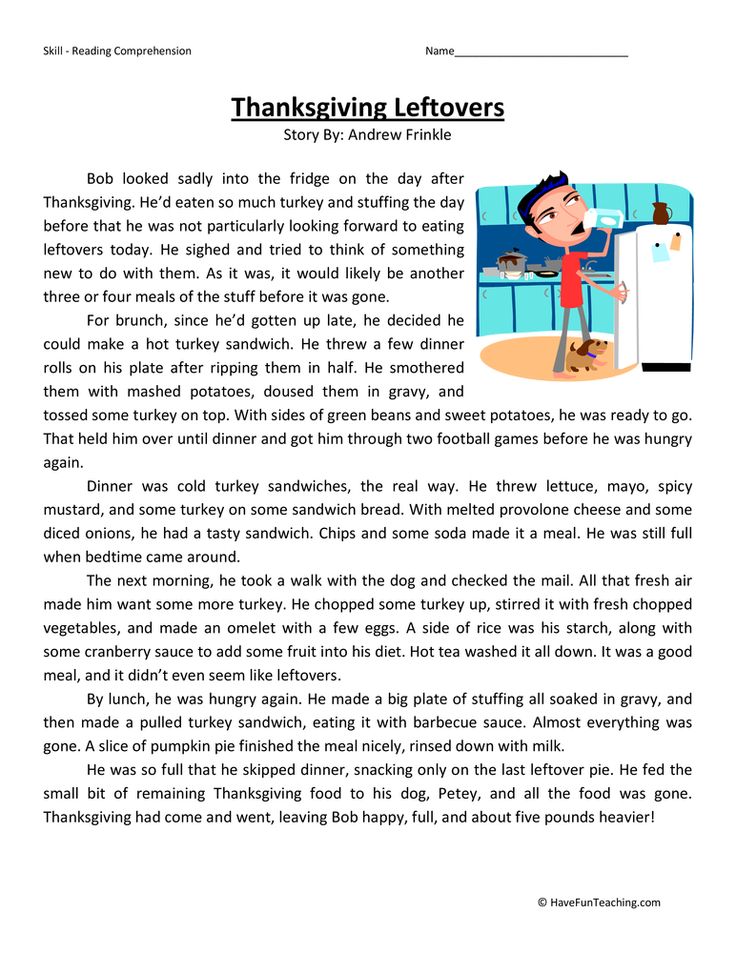 Thousand Oaks, CA: Corwin Press.
Thousand Oaks, CA: Corwin Press.
Echevarria, J., Vogt, M. E., & Short, D. J. (2000). Making content comprehensible for English language learners: The SIOP model. Needham Heights, MA: Allyn & Bacon.
Reprints
You are welcome to print copies or republish materials for non-commercial use as long as credit is given to Colorín Colorado and the author(s). For commercial use, please contact [email protected].
Major support provided by our founding partner, the American Federation of Teachers, AFL-CIO.
With generous support provided by the National Education Association.
ADVERTISEMENT
Most Popular
Culturally Responsive Instruction for Holiday and Religious Celebrations
Language Objectives: The Key to Effective Content Area Instruction for English Learners
8 Strategies for Building Relationships with ELLs
Supporting ELLs in the Mainstream Classroom: 12 Strategies for Language Instruction
Tweets by @ColorinColorado
6 Reading Comprehension Skills | Understood
Some people think of the act of reading as a straightforward task that’s easy to master.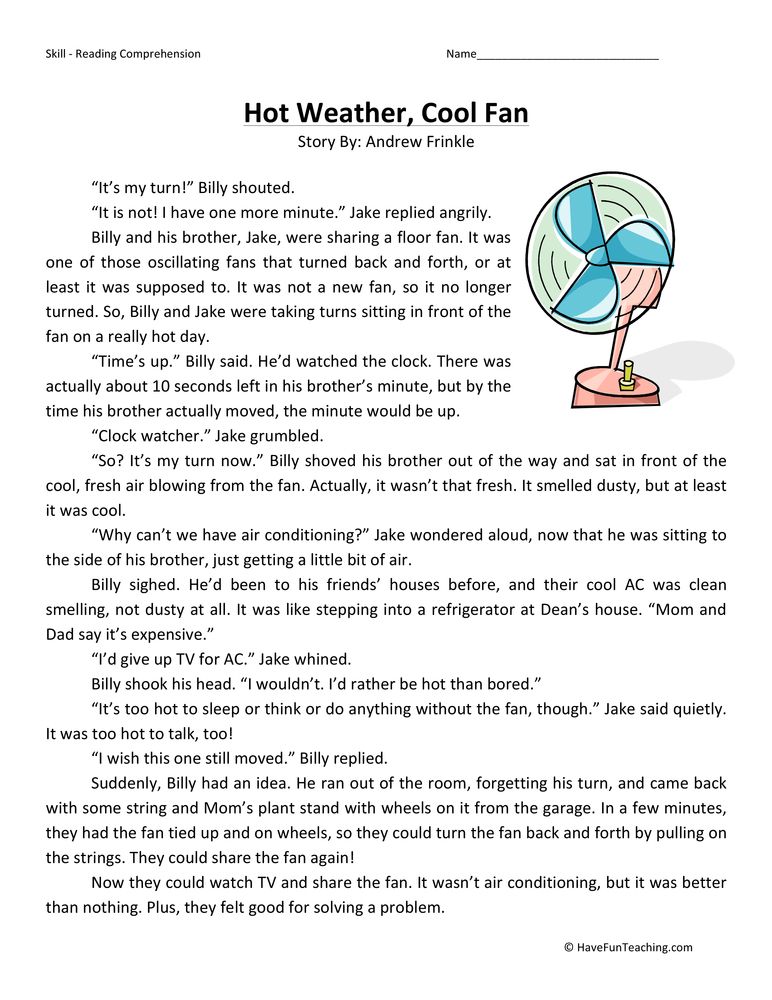 In reality, reading is a complex process that draws on many different skills. Together, these skills lead to the ultimate goal of reading: reading comprehension, or understanding what’s been read.
In reality, reading is a complex process that draws on many different skills. Together, these skills lead to the ultimate goal of reading: reading comprehension, or understanding what’s been read.
Reading comprehension can be challenging for lots of reasons. Whatever the cause, knowing the skills involved, and which ones your child struggles with, can help you get the right support.
Here are six essential skills needed for , and tips on what can help kids improve this skill.
1. Decoding
Decoding is a vital step in the reading process. Kids use this skill to sound out words they’ve heard before but haven’t seen written out. The ability to do that is the foundation for other reading skills.
Decoding relies on an early language skill called phonemic awareness. (This skill is part of an even broader skill called phonological awareness.) Phonemic awareness lets kids hear individual sounds in words (known as phonemes). It also allows them to “play” with sounds at the word and syllable level.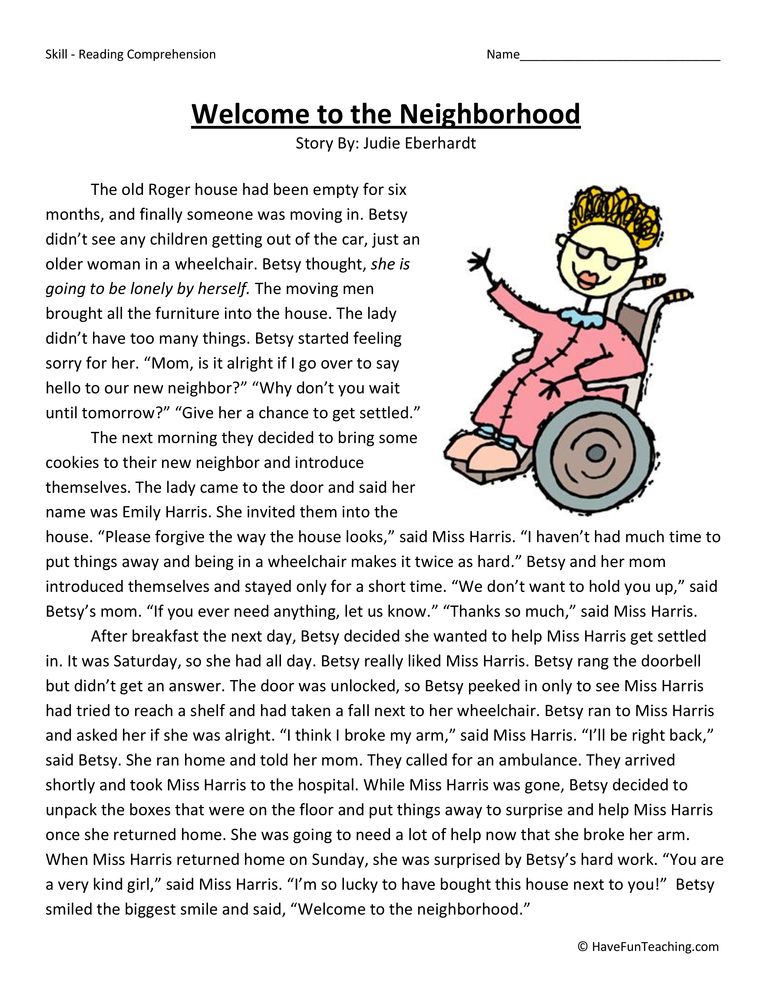
Decoding also relies on connecting individual sounds to letters. For instance, to read the word sun, kids must know that the letter s makes the /s/ sound. Grasping the connection between a letter (or group of letters) and the sounds they typically make is an important step toward “sounding out” words.
What can help: Most kids pick up the broad skill of phonological awareness naturally, by being exposed to books, songs, and rhymes. But some kids don’t. In fact, one of the early signs of reading difficulties is trouble with rhyming, counting syllables, or identifying the first sound in a word.
The best way to help kids with these skills is through specific instruction and practice. Kids have to be taught how to identify and work with sounds. You can also build phonological awareness at home through activities like word games and reading to your child.
2. Fluency
To read fluently, kids need to instantly recognize words, including words they can’t sound out.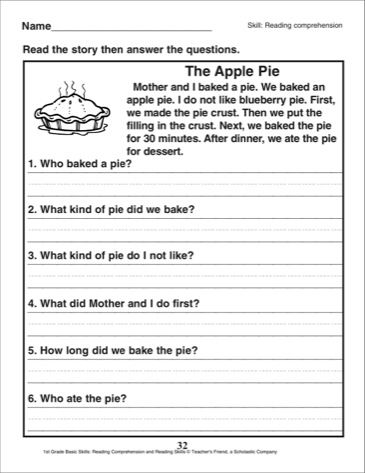 Fluency speeds up the rate at which they can read and understand text. It’s also important when kids encounter irregular words, like of and the, which can’t be sounded out.
Fluency speeds up the rate at which they can read and understand text. It’s also important when kids encounter irregular words, like of and the, which can’t be sounded out.
Sounding out or decoding every word can take a lot of effort. Word recognition is the ability to recognize whole words instantly by sight, without sounding them out.
When kids can read quickly and without making too many errors, they are “fluent” readers.
Fluent readers read smoothly at a good pace. They group words together to help with meaning, and they use the proper tone in their voice when reading aloud. Reading fluency is essential for good reading comprehension.
What can help: Word recognition can be a big obstacle for struggling readers. Average readers need to see a word four to 14 times before it becomes a “sight word” they automatically recognize. Kids with dyslexia, for instance, may need to see it up to 40 times.
Lots of kids struggle with reading fluency. As with other reading skills, kids need lots of specific instruction and practice to improve word recognition.
As with other reading skills, kids need lots of specific instruction and practice to improve word recognition.
The main way to help build fluency is through practice reading books. It’s important to pick out books that are at the right level of difficulty for kids.
3. Vocabulary
To understand what you’re reading, you need to understand most of the words in the text. Having a strong vocabulary is a key component of reading comprehension. Students can learn vocabulary through instruction. But they typically learn the meaning of words through everyday experience and also by reading.
What can help: The more words kids are exposed to, the richer their vocabulary becomes. You can help build your child’s vocabulary by having frequent conversations on a variety of topics. Try to include new words and ideas. Telling jokes and playing word games is a fun way to build this skill.
Reading together every day also helps improve vocabulary. When reading aloud, stop at new words and define them.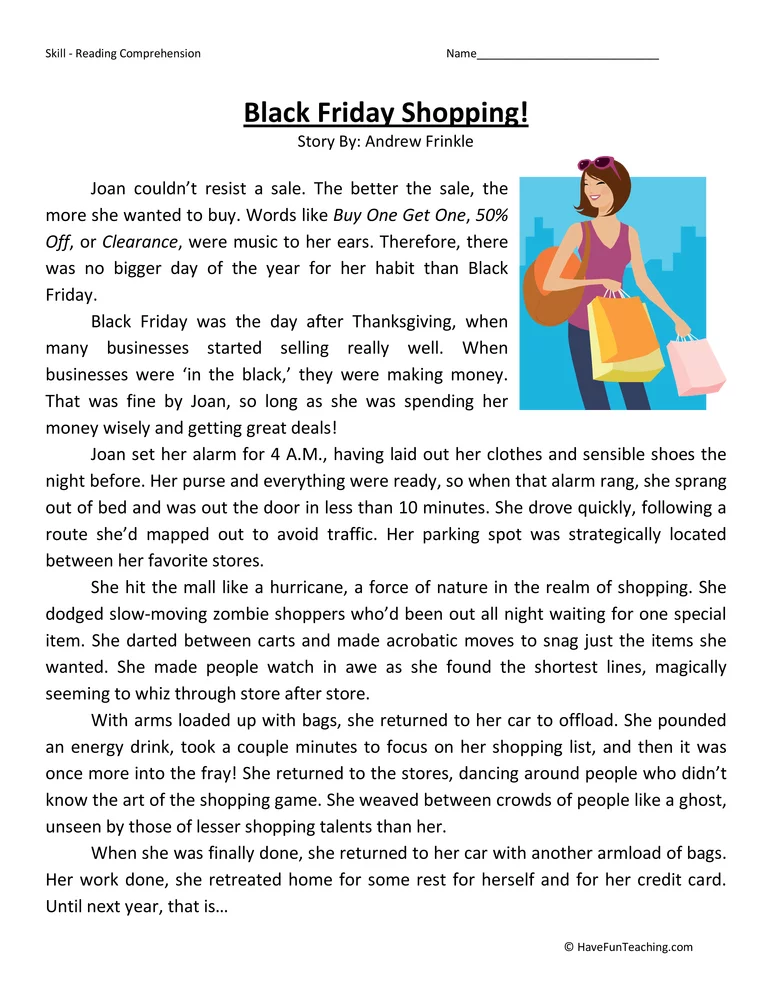 But also encourage your child to read alone. Even without hearing a definition of a new word, your child can use context to help figure it out.
But also encourage your child to read alone. Even without hearing a definition of a new word, your child can use context to help figure it out.
Teachers can help, too. They can carefully choose interesting words to teach and then give explicit instruction (instruction that is specialized and direct). They can engage students in conversation. And they can make learning vocabulary fun by playing word games in class.
For more ideas, watch as an expert explains how to help struggling readers build their vocabulary.
4. Sentence construction and cohesion
Understanding how sentences are built might seem like a writing skill. So might connecting ideas within and between sentences, which is called cohesion. But these skills are important for reading comprehension as well.
Knowing how ideas link up at the sentence level helps kids get meaning from passages and entire texts. It also leads to something called coherence, or the ability to connect ideas to other ideas in an overall piece of writing.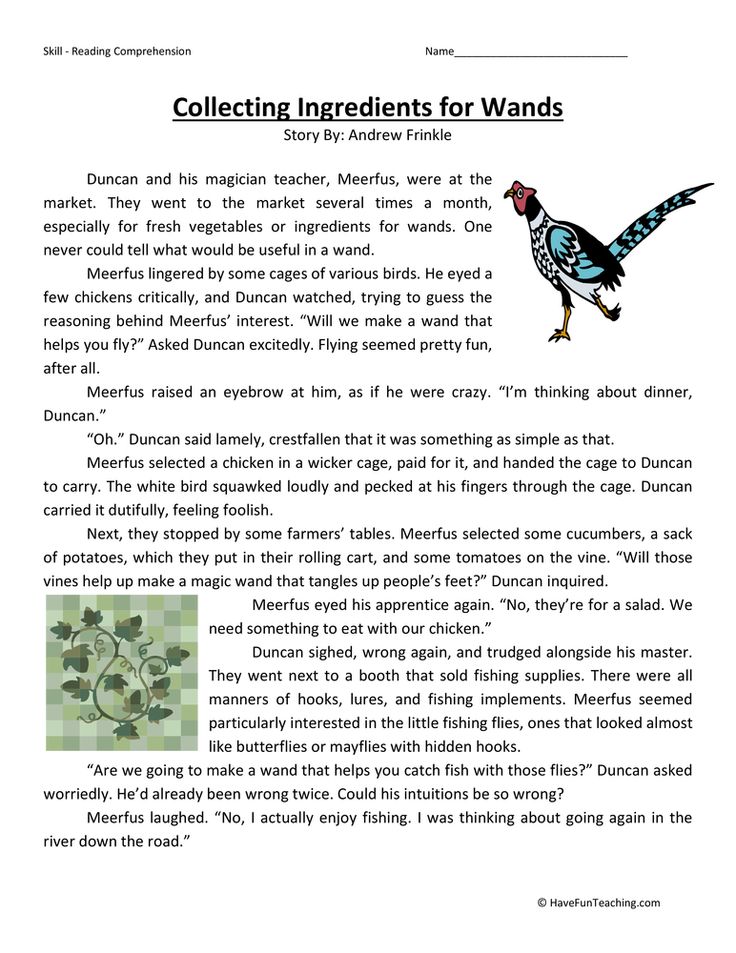
What can help: Explicit instruction can teach kids the basics of sentence construction. For example, teachers can work with students on connecting two or more thoughts, through both writing and reading.
5. Reasoning and background knowledge
Most readers relate what they’ve read to what they know. So it’s important for kids to have background or prior knowledge about the world when they read. They also need to be able to “read between the lines” and pull out meaning even when it’s not literally spelled out.
Take this example: A child is reading a story about a poor family in the 1930s. Having knowledge about the Great Depression can provide insight into what’s happening in the story. The child can use that background knowledge to make inferences and draw conclusions.
What can help: Your child can build knowledge through reading, conversations, movies and TV shows, and art. Life experience and hands-on activities also build knowledge.
Expose your child to as much as possible, and talk about what you’ve learned from experiences you’ve had together and separately.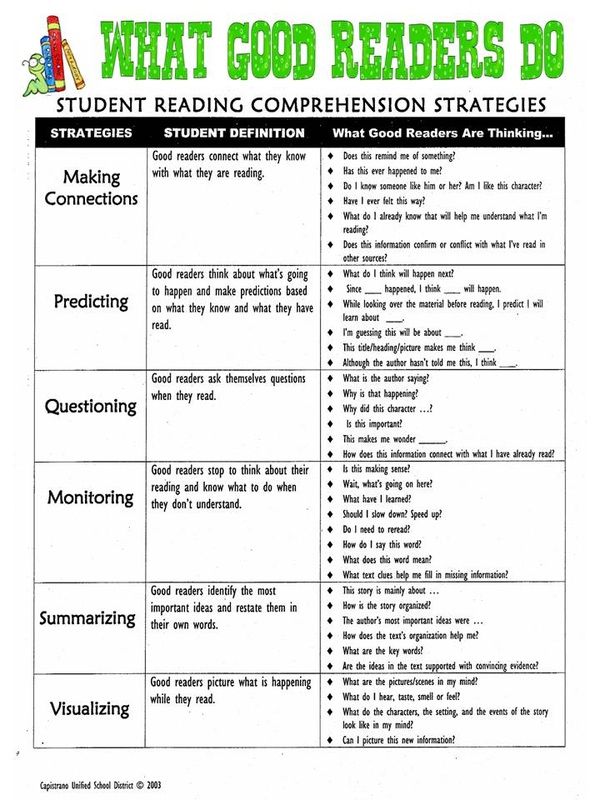 Help your child make connections between new knowledge and existing knowledge. And ask open-ended questions that require thinking and explanations.
Help your child make connections between new knowledge and existing knowledge. And ask open-ended questions that require thinking and explanations.
You can also read a teacher tip on using animated videos to help your child make inferences.
6. Working memory and attention
These two skills are both part of a group of abilities known as executive function. They’re different but closely related.
When kids read, attention allows them to take in information from the text. Working memory allows them to hold on to that information and use it to gain meaning and build knowledge from what they’re reading.
The ability to self-monitor while reading is also tied to that. Kids need to be able to recognize when they don’t understand something. Then they need to stop, go back, and re-read to clear up any confusion they may have.
What can help: There are many ways you can help improve your child’s working memory. Skillbuilders don’t have to feel like work, either.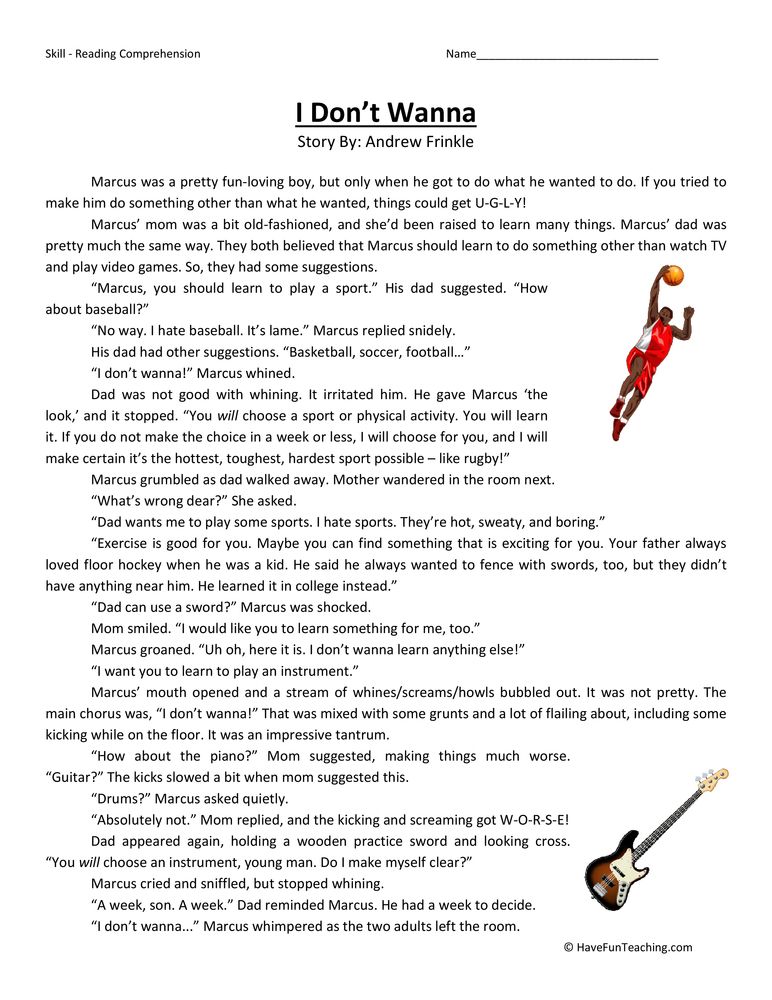 There are a number of games and everyday activities that can build working memory without kids even knowing it.
There are a number of games and everyday activities that can build working memory without kids even knowing it.
To help increase your child’s attention, look for reading material that’s interesting or motivating. For example, some kids may like graphic novels. Encourage your child to stop and re-read when something isn’t clear. And demonstrate how you “think aloud” when you read to make sure what you’re reading makes sense.
More ways to help with reading comprehension
When kids struggle with one or more of these skills, they can have trouble fully understanding what they read. Find out how to tell if your child has difficulty with reading comprehension.
Learn about what can cause trouble with reading in kids. Keep in mind that having reading difficulties doesn’t mean a child isn’t smart. But some kids need extra support and encouragement to make progress.
Key takeaways
Decoding, fluency, and vocabulary skills are key to reading comprehension.
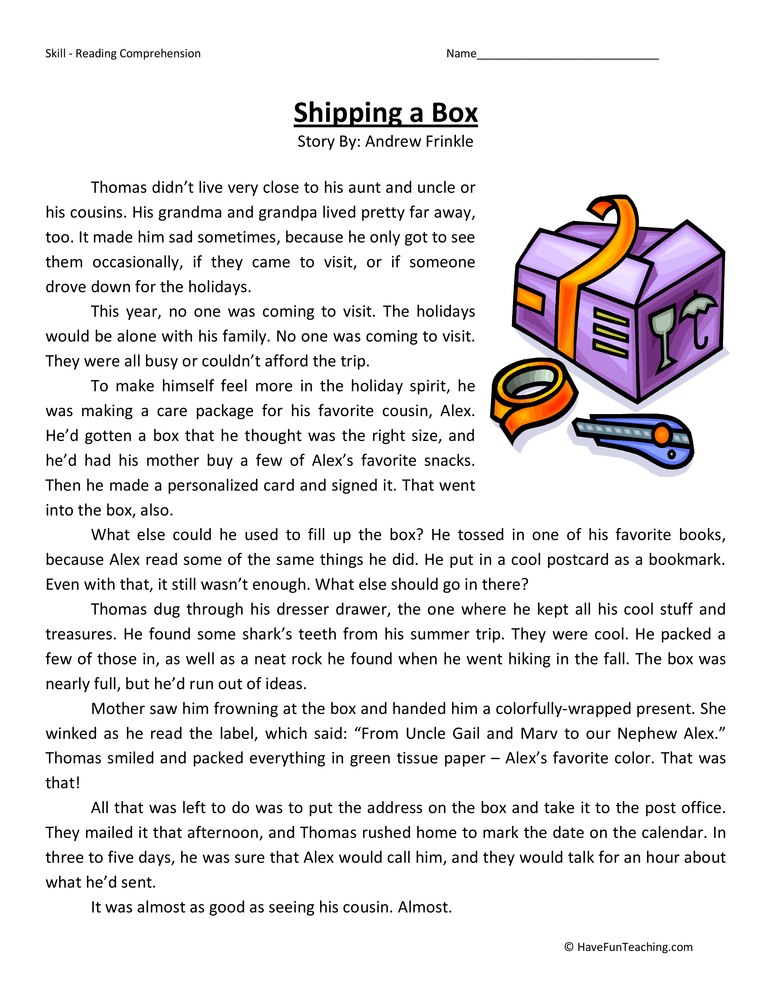
Being able to connect ideas within and between sentences helps kids understand the whole text.
Reading aloud and talking about experiences can help kids build reading skills.
Related topics
Reading and writing
6 Key Skills for Reading Comprehension
For some people, reading is like a walk in the park on a warm summer day, an enjoyable activity that is easy to master. In fact, reading is a complex process that involves many different skills. Together, these skills lead to the ultimate goal of learning to read: comprehensive reading comprehension.
Text comprehension can be difficult for children for many reasons, but regardless of them, knowing what underdeveloped skills this is due to, you will be able to provide your child with the best help.
Let's take a look at the six reading comprehension skills and how you can help your child develop them.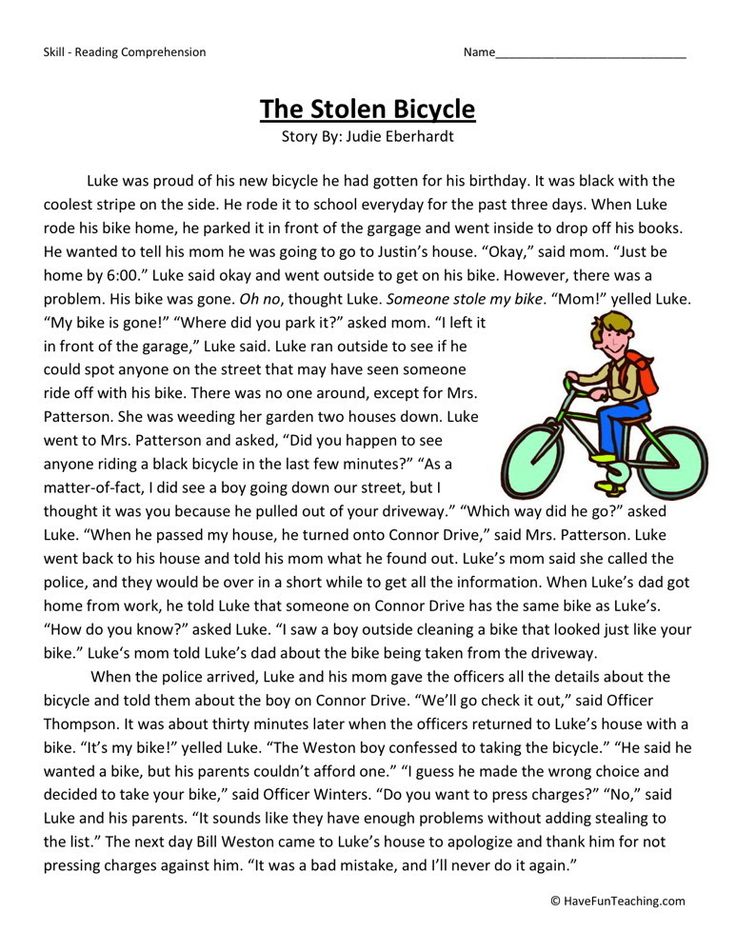
1. Decoding
Decoding is an extremely important step in the reading process. Children use this skill to sound out words they have heard before but not seen written. The ability to decode is the foundation of all other reading skills.
Decoding relies on one of the first language skills to develop, phonemic comprehension (this skill is part of a broader set of skills called phonological comprehension). Phonemic awareness allows children to hear and distinguish individual sounds in words (also known as phonemes). It also allows them to "play" with sounds in syllables and words.
Decoding also relies on the ability to match individual sounds and letters. For example, to read the word "sun", the child must know that the letter "s" sounds like "s". Understanding the relationship between letters and sounds is an important step towards "voicing" words.
How to help: Many children learn phonological awareness naturally by reading books, listening to songs and poems.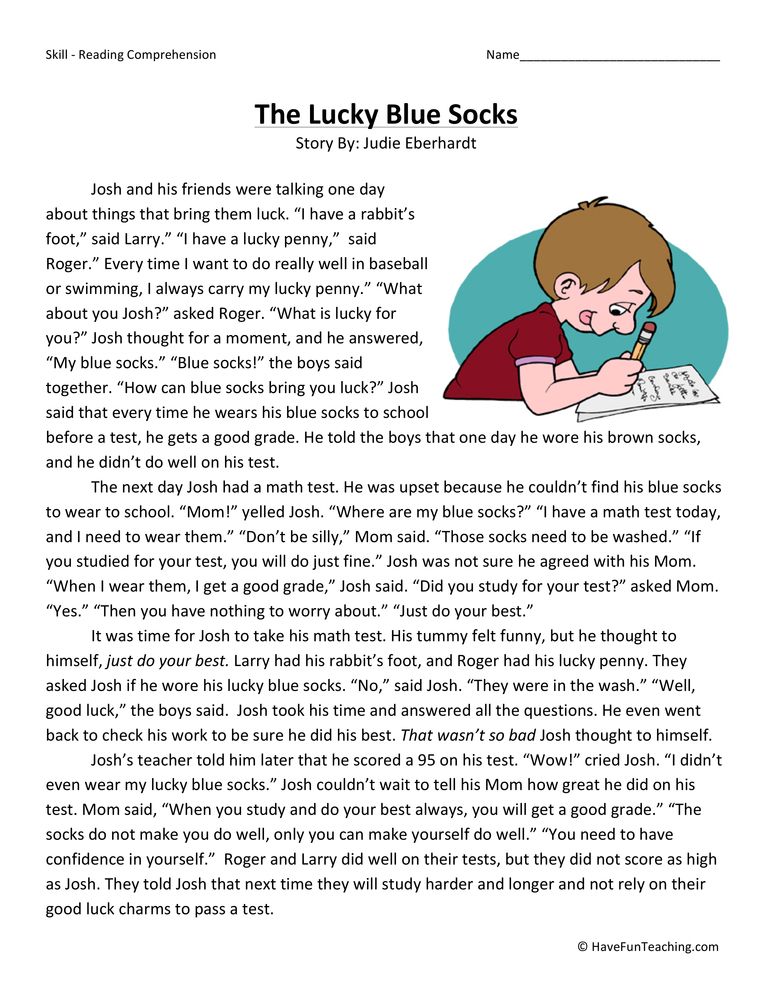 But for some children it is not so easy. In fact, one of the early signs of reading difficulties is trouble with rhyming, counting syllables, or identifying the first sound in a word.
But for some children it is not so easy. In fact, one of the early signs of reading difficulties is trouble with rhyming, counting syllables, or identifying the first sound in a word.
The best way to help your child improve these skills is to guide them with precise instructions and lots of practice. Children need to be taught how to correctly identify sounds and work with them. You can also develop phonological perception by playing with words, reading poems aloud to your child, or using special computer techniques aimed at developing phonemic perception and decoding.
2. Reading fluently
To read fluently, children must recognize words immediately, including words that do not read as they are written. By developing reading fluency, the child increases not only reading speed, but also reading comprehension.
Decoding and reading each word can be a lot of work. Word recognition is the ability to recognize a word instantly just by looking at it, without having to read it out loud. When children can read quickly and with almost no errors, they are said to be able to read "fluently".
When children can read quickly and with almost no errors, they are said to be able to read "fluently".
People who can read fluently read fluently and rhythmically. They use the context to understand the meaning and change the tone of their voice depending on what they are reading. The ability to read fluently is critical to a good understanding of the text.
How to help: Word recognition can be a big hurdle for beginning readers. Usually a person needs to see a word from 4 to 14 times in order to learn to automatically recognize it. But, for example, children diagnosed with dyslexia may need to see the word up to 40 times.
Many children have difficulty reading fluently. To improve word recognition and other reading skills, children need help and a lot of practice. The best way to strengthen these skills is to practice reading books. It is important to choose books that are appropriate for the child's reading level.
3.
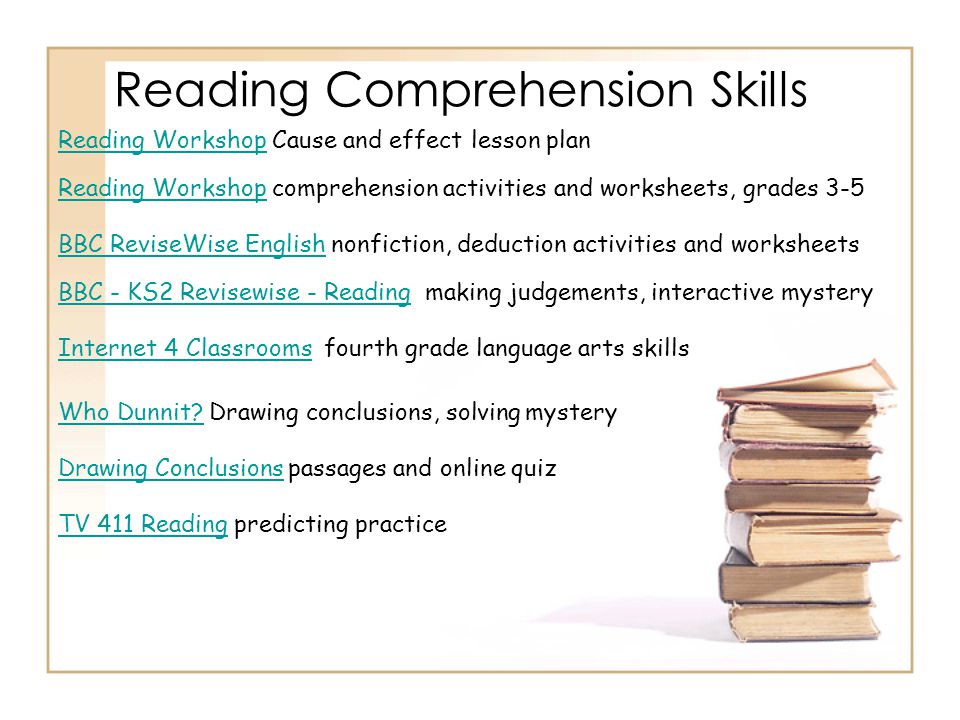 Vocabulary
Vocabulary
To understand what you read, you need to understand at least most of the words in the text. A rich vocabulary is a key component of text comprehension. Students may learn new words during class, but they usually learn the meaning of words through everyday situations and while reading.
How to help: The more new words children learn, the more their vocabulary grows. You can help your child develop vocabulary by talking to him often about different topics, introducing him to new words and concepts. Word games and funny jokes are also fun ways for children to reinforce these skills.
Daily reading together also helps to build vocabulary. When reading aloud to your child, stop when you encounter new words and explain their meaning. But it is also important that the child reads independently. Even if there is no one to explain the meaning of a new word, the child can guess its meaning from the context, and also learn with the help of a dictionary.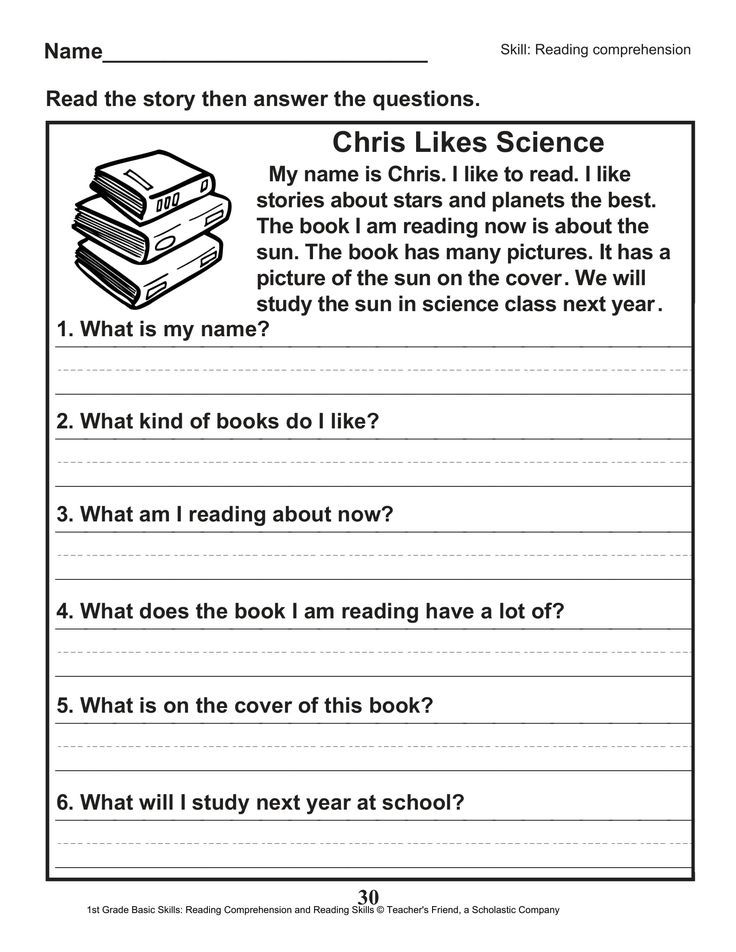
Teachers can also help by choosing interesting words to study and learning them all together in class. To practice vocabulary, the teacher can engage students in dialogue during the lesson, or play word games to make learning new words fun.
4. Sentence construction and cohesion
Understanding how sentences are built can seem like a skill necessary for writing. The same can be said about the connection of ideas within and between sentences, which is called cohesion. But these skills are also important for reading comprehension.
Knowing how ideas connect at the sentence level helps children make sense of passages and entire texts. This also leads to what is called coherence, or the ability to relate ideas to other ideas in a common work.
How to help: Explain the basics of sentence construction to your child. Work with him to connect two or more thoughts, both in writing and orally.
5. Expanding horizons and reasoning
read. It is also important to teach the child to “read between the lines” and find meaning where it is not literally written.
How to help: Your child can broaden their horizons through reading, socializing, watching movies and TV shows, and exploring art. Also many things come with years of personal experience.
Open up opportunities for your child to gain new useful knowledge in different areas and discuss with him what you have learned from the experience gained, both together and separately. Help your child make connections between new and old knowledge and ask questions that require extended answers and thoughtful explanations.
You can also read these tips on how to use cartoons to help your child learn to judge for themselves.
6. Working memory and attention
These two skills are part of a group of skills also known as executive functions.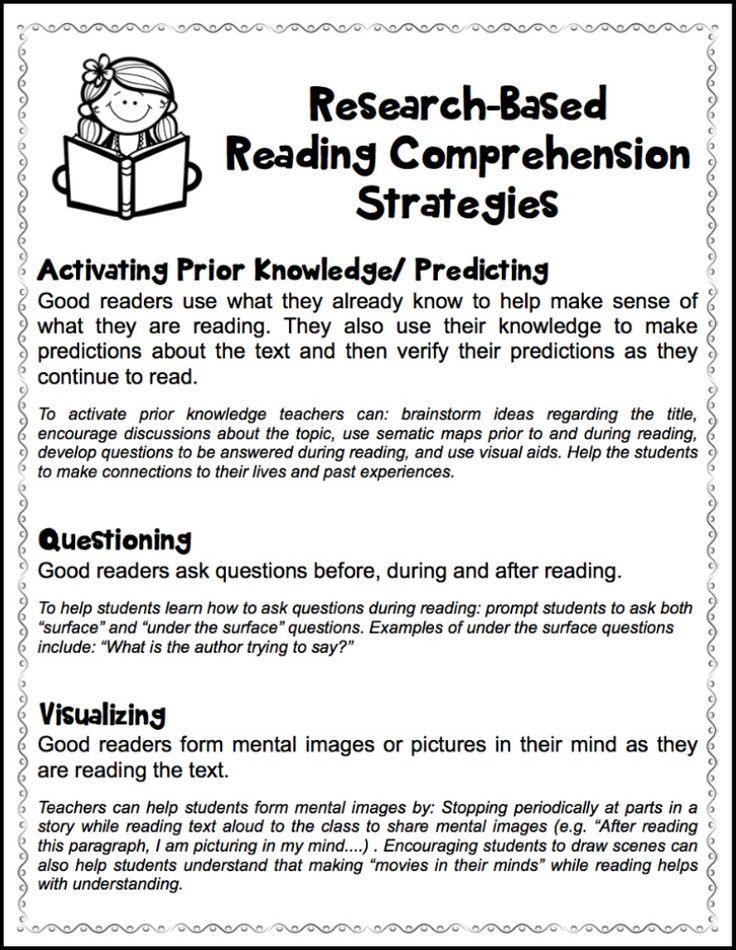 They are different, but closely related.
They are different, but closely related.
When children read, attention allows them to absorb information from the text. Working memory helps them retain this information and use it to make sense and gain knowledge from what they read.
The ability to control oneself while reading is also related to executive functions. The child must be able to recognize when he does not understand something, stop, go back and reread, so that there is no doubt about the understanding of what he read.
How to help: There are many ways to help your child improve working memory, and it doesn't have to look like a lesson. There are many games and daily activities that can help develop working memory in a way that your child won't even notice!
To improve your child's concentration, look for reading materials that interest and/or motivate your child. For example, some children love graphic novels. Teach your child to stop and reread the text when something is not clear to him.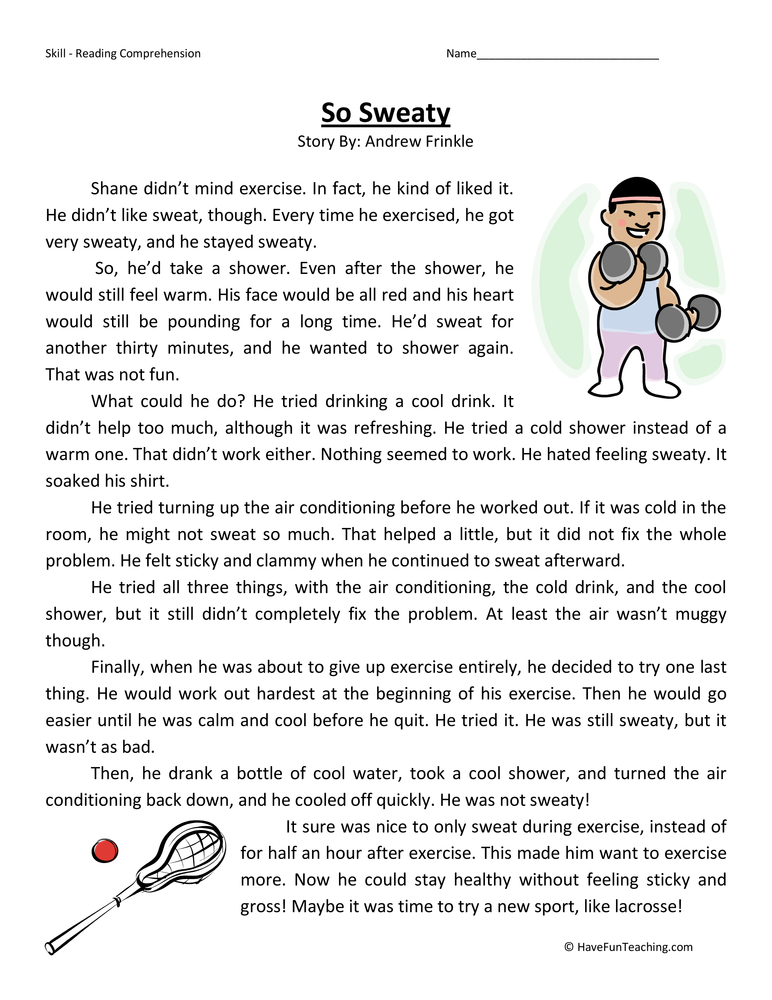 And show him how you “think out loud” when you read to make sure it makes sense.
And show him how you “think out loud” when you read to make sure it makes sense.
More ways to help with text comprehension
When children have difficulty learning the above skills, they may find it difficult to fully understand what they read.
Find out what might be causing your child's reading difficulties. Remember, if a child has difficulty reading, it does not mean that he is not smart. But some children need extra support to successfully develop reading skills. The sooner you contact a specialist or start applying a special corrective technique, the less stress and lag in learning and development your child will receive. Pay attention to the computer technique Fast ForWord, aimed at developing the skills of phonemic perception, decoding, memory, concentration and other executive functions.
Pins
-
Decoding, reading fluency and vocabulary are key skills needed for reading comprehension.
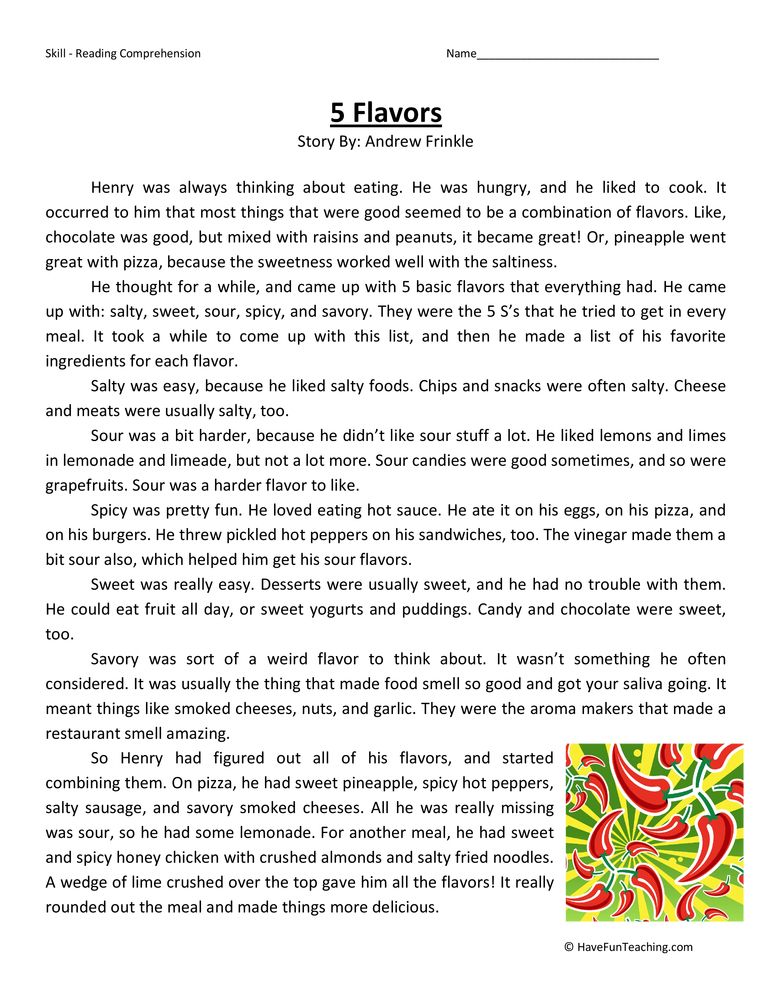
-
Understanding how ideas connect within and between sentences helps children understand the entire text.
-
Reading aloud and discussing experiences can help a child develop reading skills.
Quickly and permanently develop reading skills: decoding, reading comprehension, extracting meaning from context, reading fluency, etc., as well as concentration, memory, information processing - classes using the Fast ForWord online method will help you.
Sign up for trial online classes in Fast ForWord right now!
Don't delay helping your child!
Source
14 Ways to Teach Reading Comprehension Skills to Students • BUOM
By Indeed Editorial Team
Nov 23, 2021
so that they can understand the underlying messages and make insightful connections. These skills are extremely important for the successful development of students.
Exploring interactive and fun ways to help students engage in reading can help you stimulate their development and support their academic success.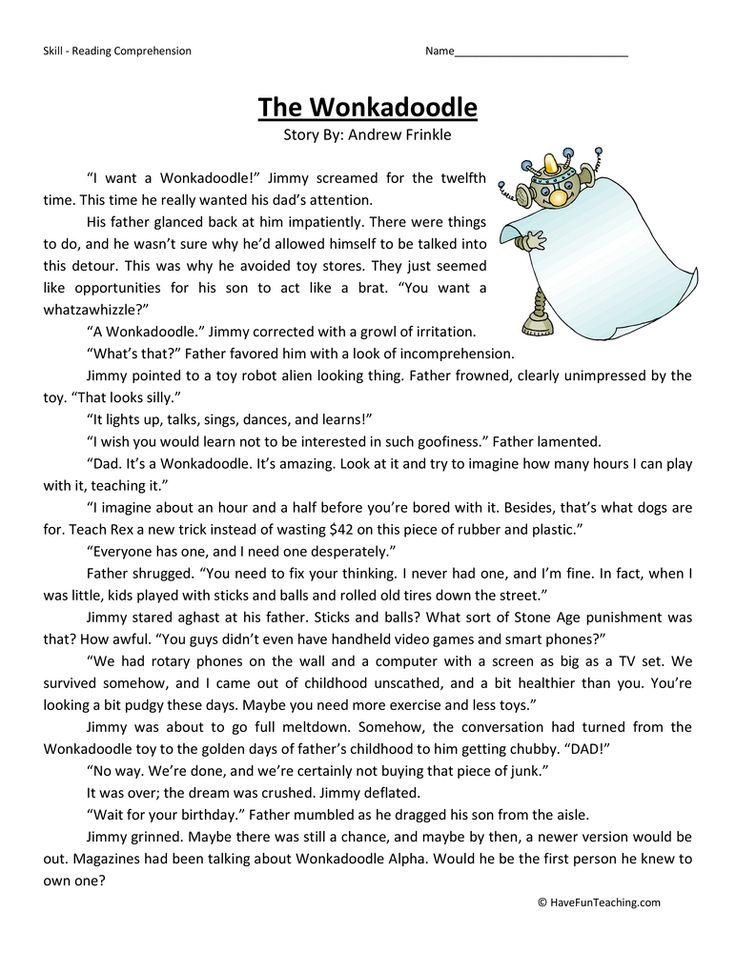 In this article, we explain why reading comprehension is important and offer 14 creative ways to help your students improve their reading skills while having fun.
In this article, we explain why reading comprehension is important and offer 14 creative ways to help your students improve their reading skills while having fun.
Why is reading comprehension important?
Reading comprehension skills are important because they enable students to apply what they read to form original ideas, genuine reactions, and personal connections. The skills they acquire when they are younger can help them in their future relationships, continuing education, and employment opportunities.
For example, professionals need reading comprehension skills to help them understand important business communications such as email or professional correspondence. For students who attend college, reading comprehension can help them absorb course materials and develop new associations and unique ideas.
Students who prioritize reading comprehension may enjoy reading more than those who do not. By maximizing what students can understand from what they read, and by encouraging them to apply their skills in unique ways, you can help them develop abilities they can use in life.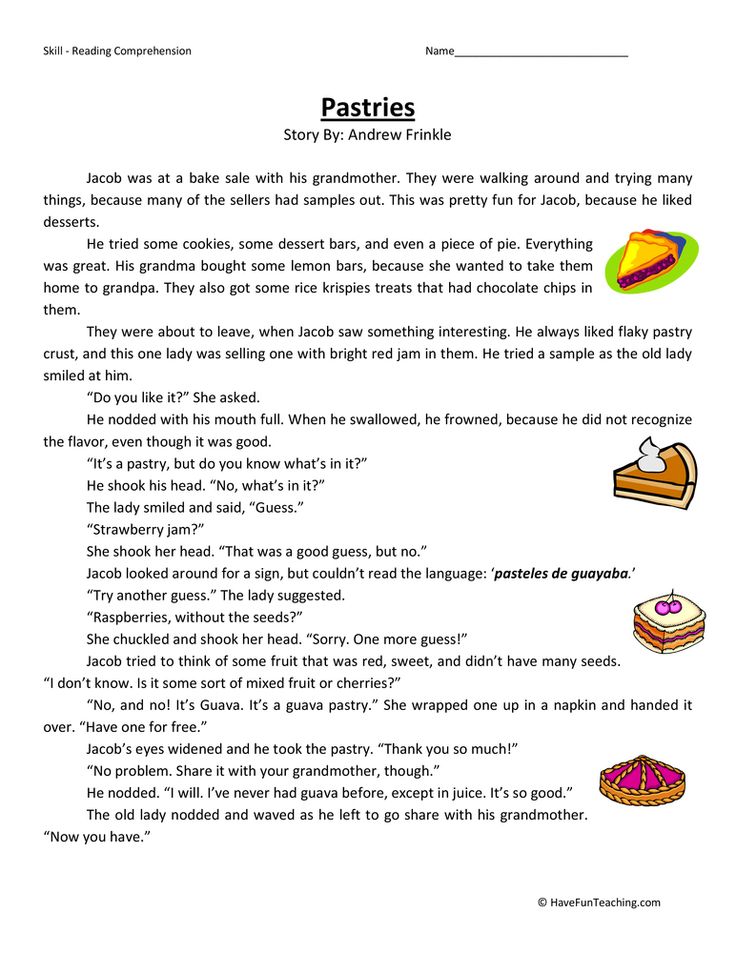
14 Ways to Teach Reading Comprehension Skills
If you're looking for unique ways to improve your students' reading comprehension skills, here are some ideas to try:
1. Turn it into a game
One of the best ways to teach skills is to make them funny. Think of creative ways you can engage students in reading and inspire them to understand the text. You can tell students about story elements and ask them to organize unrelated sentences into a paragraph based on the outline provided. Or ask the groups to name three characters, one setting, two objects, and four character traits from the story.
If you choose to play a group game, organize your groups with intent and pair students who struggle with reading comprehension with some of the stronger students who can offer them peer support.
2. Let them read what they are interested in
When students are passionate about a topic, they are more likely to connect with it. While it is important that students develop reading comprehension skills even for texts that challenge them, take special time for students to learn more about their interests.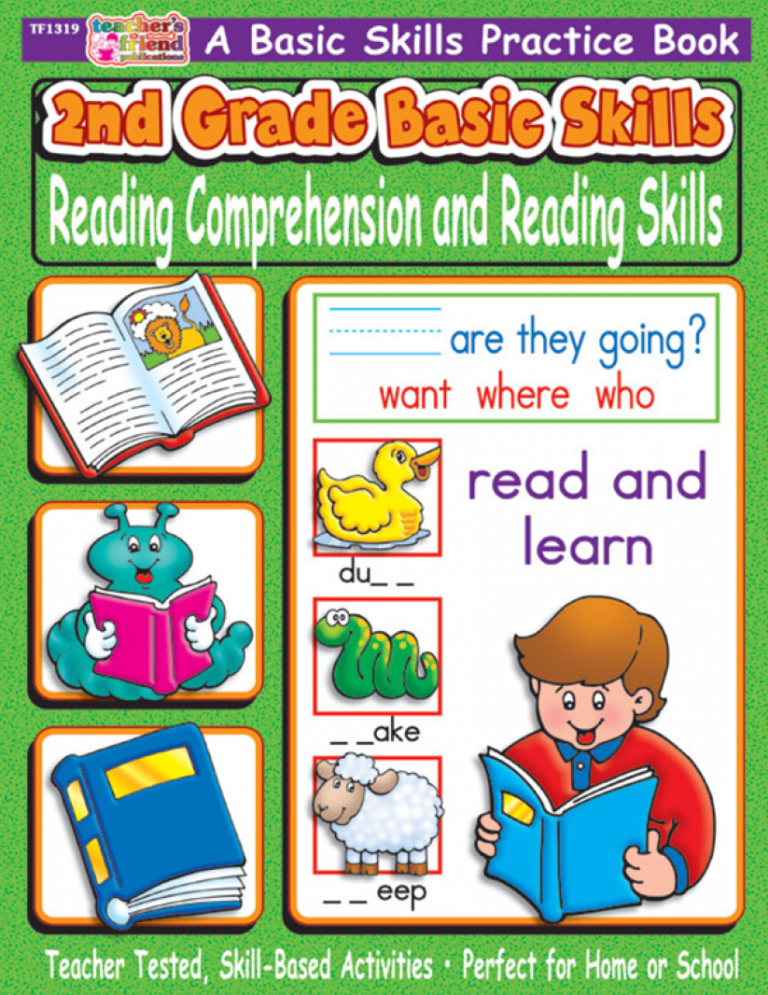
You can assign passages that you think your student or students might be interested in, or ask them to bring in a text they want to learn more about. By helping them associate reading with excitement and genuine interest, you can encourage them to develop skills on their own.
3. Ask them to write about what they have read
After you have completed the reading assignment, ask the students to take a few minutes to write down what they have read. Tell them they can write down the questions they have, or maybe ask them to write about something the story reminded them of. gram
5 students some structure, but also give them the freedom to create their own connections. After they have had time to process the text, invite them to share their thoughts. You and other students can leave feedback about your promotions and optionally link it to the text.
4. Have group discussions
Group discussions can be a great way to add fresh voices and ideas to a conversation.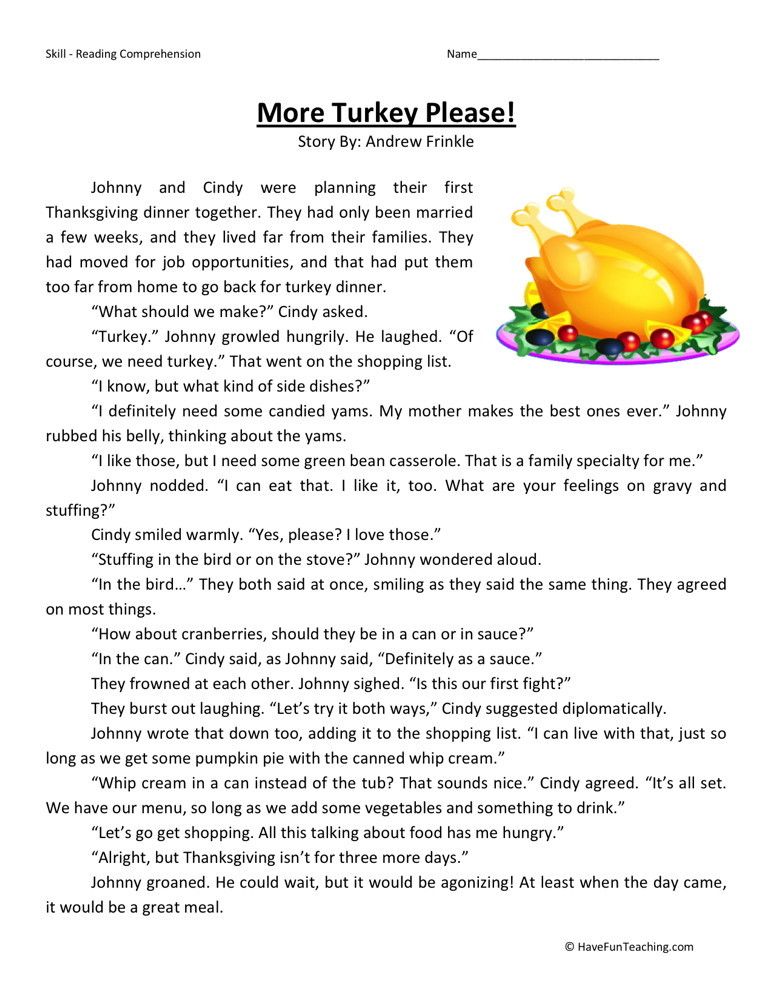 By hearing other students interpret the assignment, students can take a fresh look at what they have read.
By hearing other students interpret the assignment, students can take a fresh look at what they have read.
Some students may not agree with the meaning of a part of the story, or it may remind them of something from their personal lives. By encouraging thoughtful conversations and group participation, you can help students make new connections and engage in reading.
5. Ask them to make a presentation on the reading assignment.
For many students, teaching what they have recently learned helps them absorb the information and connect with the text in new ways. If you have a small group or class, give each student a short text about something interesting.
Then ask them to tell the class what they learned and invite the class to ask the “experts” questions about their topic. Try to make the activity fun by including silly topics and telling the class about funny characters or events.
6. Celebrate your victories
Help students take pride in their skills by celebrating successful understanding of story elements or text details.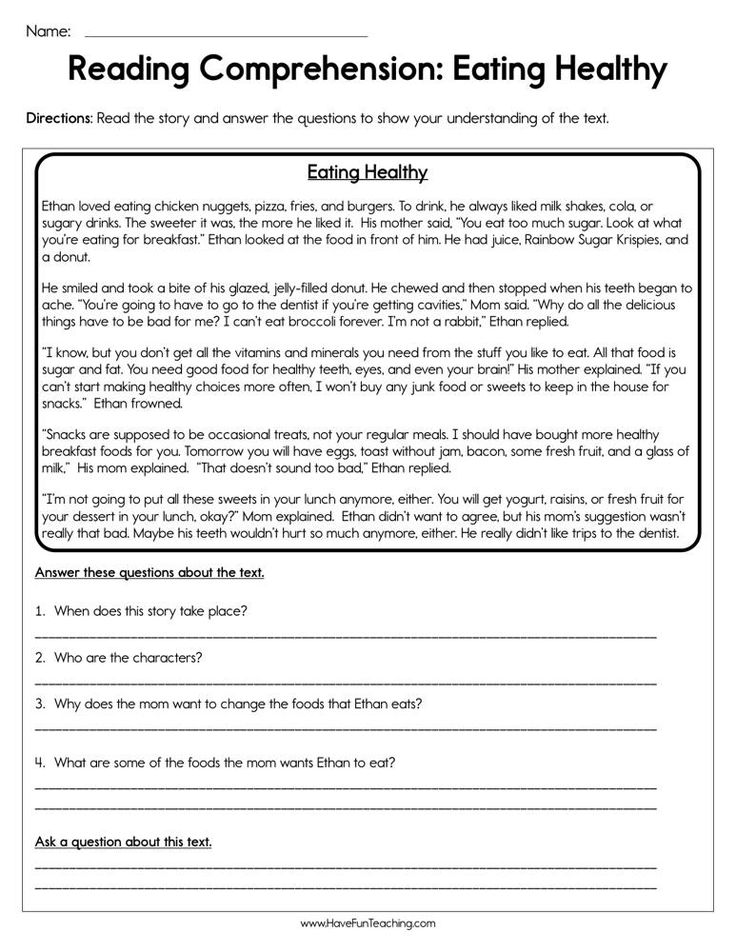 Praise the student for the connection they have made in the story, or congratulate them for their ability to summarize what they have read. Boosting student confidence can make reading more fun and encourage them to keep developing their skills.
Praise the student for the connection they have made in the story, or congratulate them for their ability to summarize what they have read. Boosting student confidence can make reading more fun and encourage them to keep developing their skills.
7. Separate reading comprehension skills from reading skills
If you have students who struggle with reading or are not at the same level as the rest of the class, they may become nervous about reading comprehension exercises. By separating reading skills from reading comprehension skills, you can encourage them to develop a new skill without emphasizing their discomfort with another.
For example, if you know a student cannot read confidently, try not to ask them to read aloud in front of the class. Instead, invite them to respond to a section read aloud by another class member. Give them the opportunity to excel in a new area.
8. Have quizzes
Popular quizzes can help students think about aspects of the story they may have missed.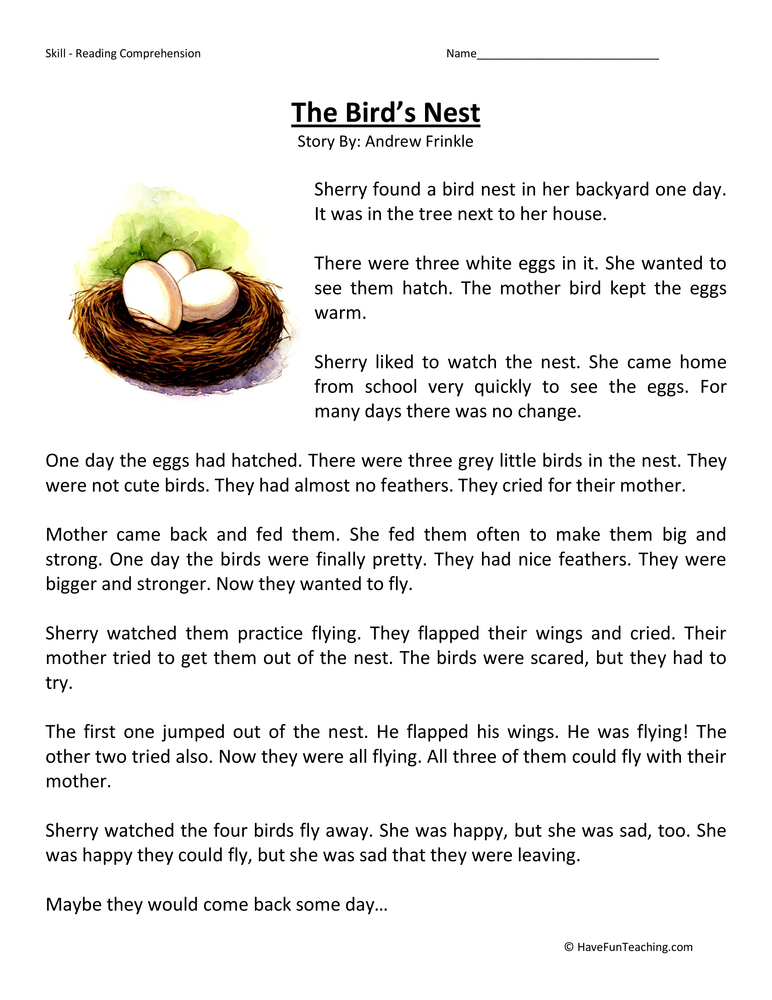 For example, you can assign age-appropriate text and poll students for minor details they may not have noticed. Chances are they won't score very well.
For example, you can assign age-appropriate text and poll students for minor details they may not have noticed. Chances are they won't score very well.
You can let them reread the text and answer the questions again. Not only does this help them scan their reading for answers to specific questions, but it can also teach them to look more closely at seemingly unimportant details.
To make the quiz more fun, you can offer a prize to the student with the most correct answers the first time, and another prize to the first student to get all the correct answers after reviewing the text again.
9. Ask them to write something in their own words
As with journaling, this method asks students to summarize a passage in their own words. Encourage them to keep the meaning the same and think of unique ways to accurately convey what the author said. This can prevent them from interacting with text and interpreting language they may not be using in their own writing.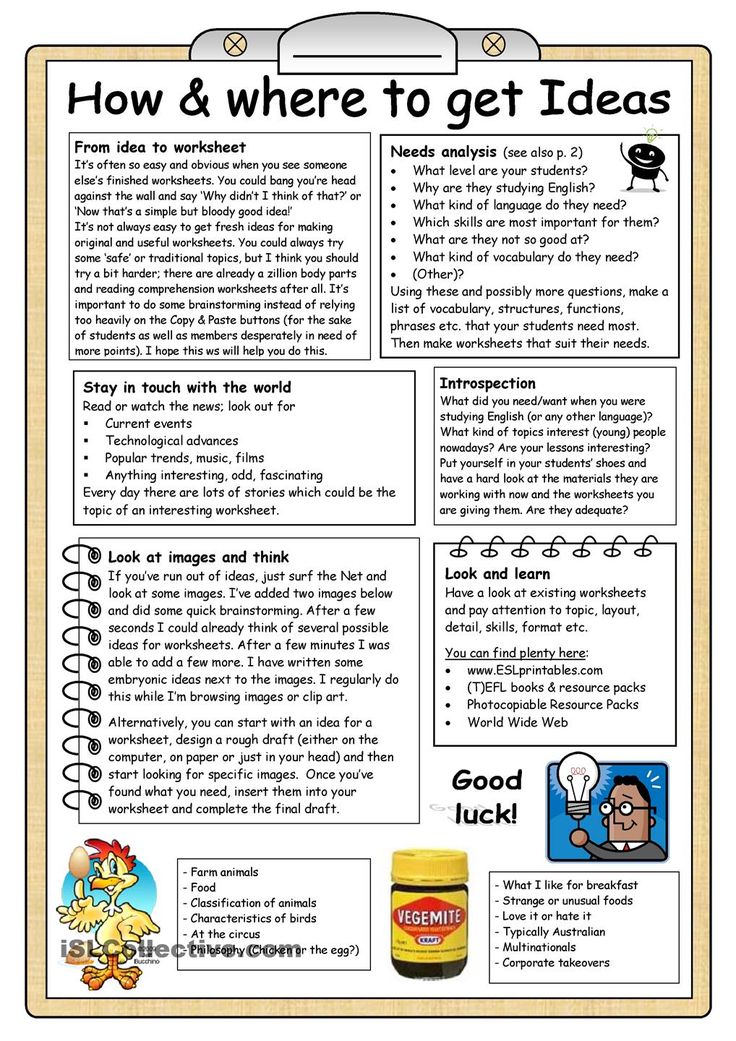
10. Find the main obstacles
Often students who struggle with reading comprehension may have more severe learning problems. Students may have an underdeveloped vocabulary, poor speaking skills, or difficulty hearing others. If so, help the student solve the underlying problem before introducing them to content that is too difficult for them. Speech therapists and other professionals can be great helpers for students with these difficulties.
11. Help them understand words they don't know
Encourage students to work with unfamiliar vocabulary by giving them strategies for learning the meaning of words they don't know. Teach students to use contextual clues for unknown words and gather guesses about what a word might mean. Invite them to replace unfamiliar words with their own guesses to see if the description makes sense.
Dictionaries can also often be great resources, but make sure students know how to use them effectively. You can assign vocabulary-expanded reading and ask students to name three words in a text that they don't know.

